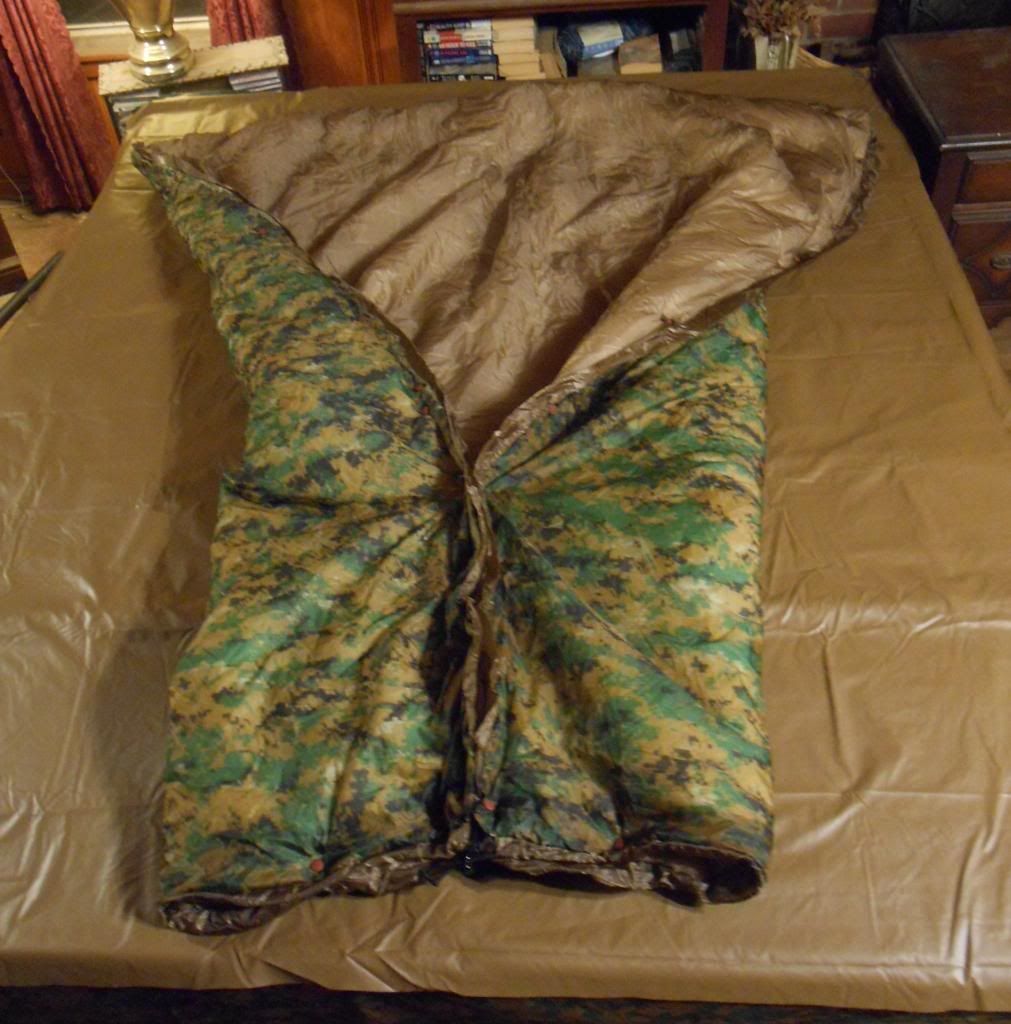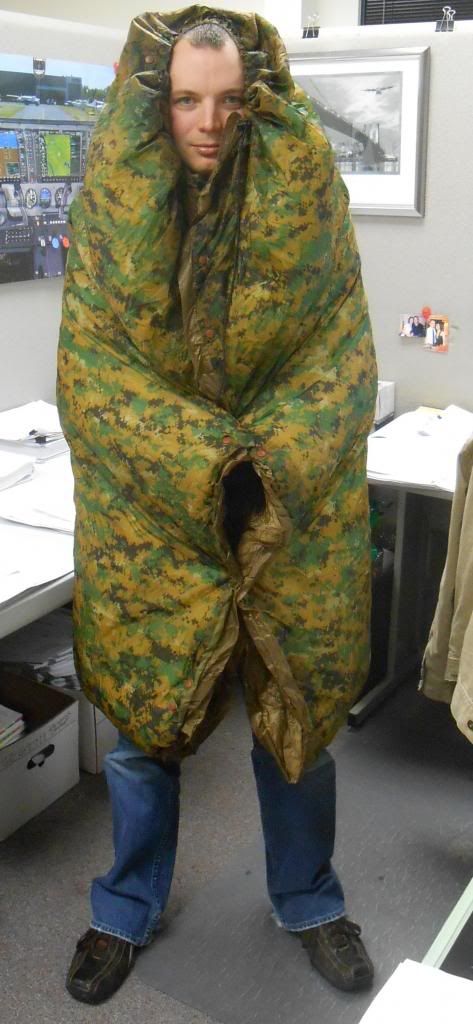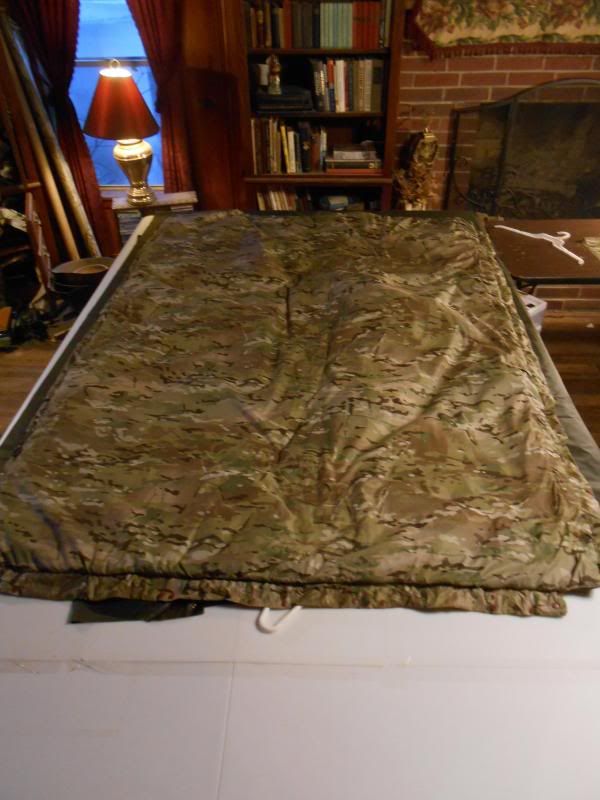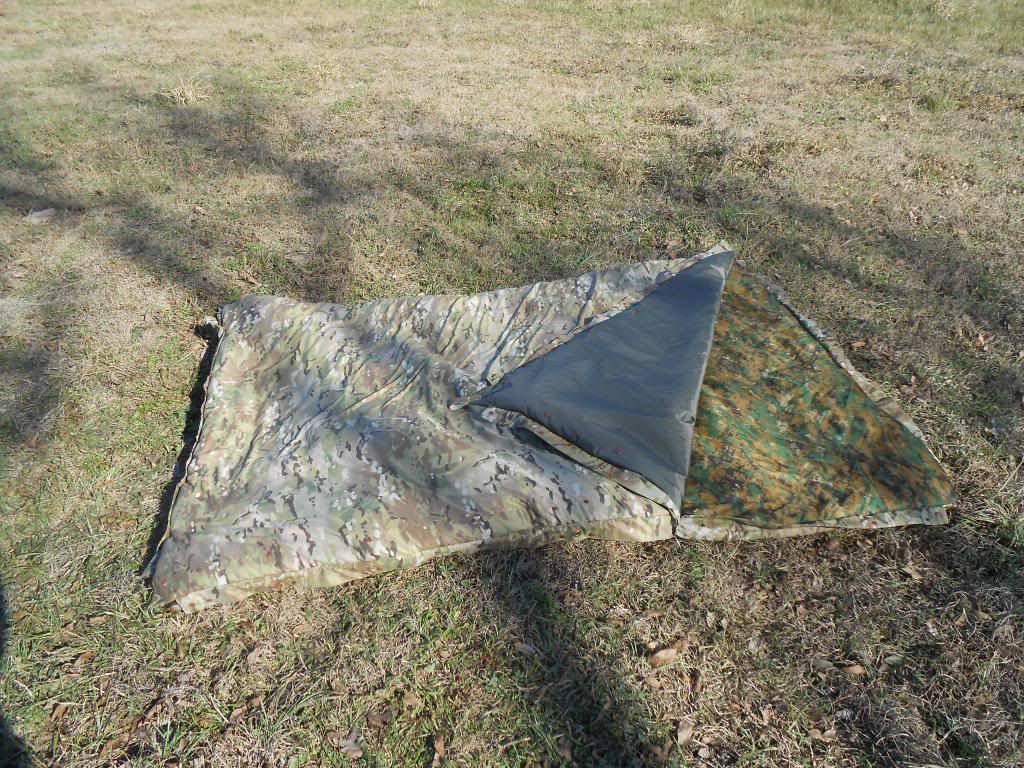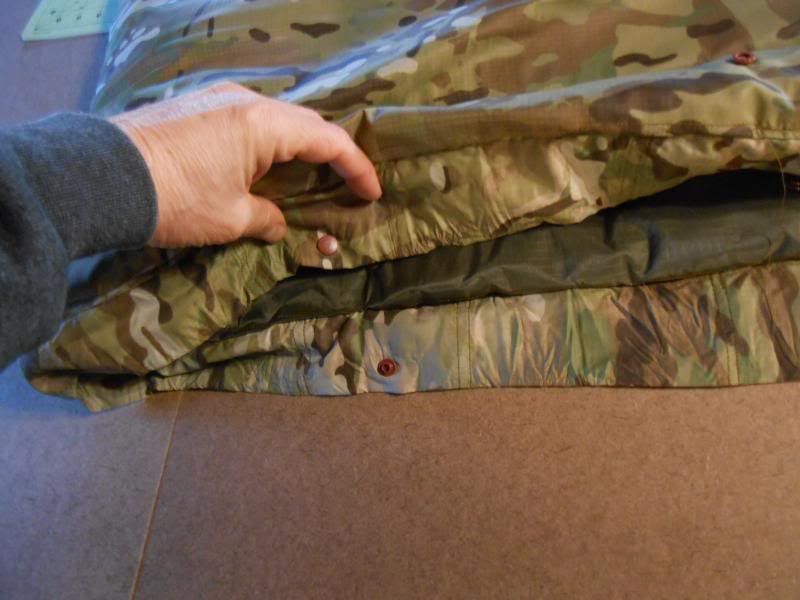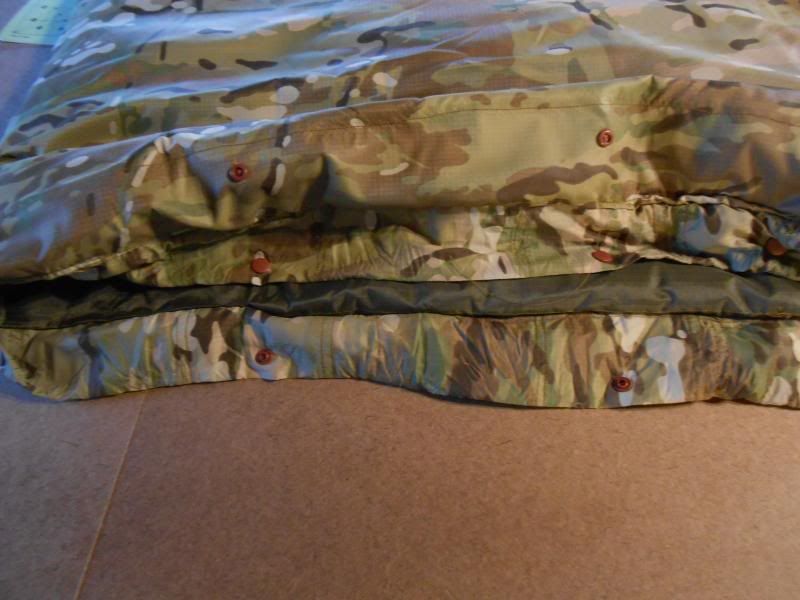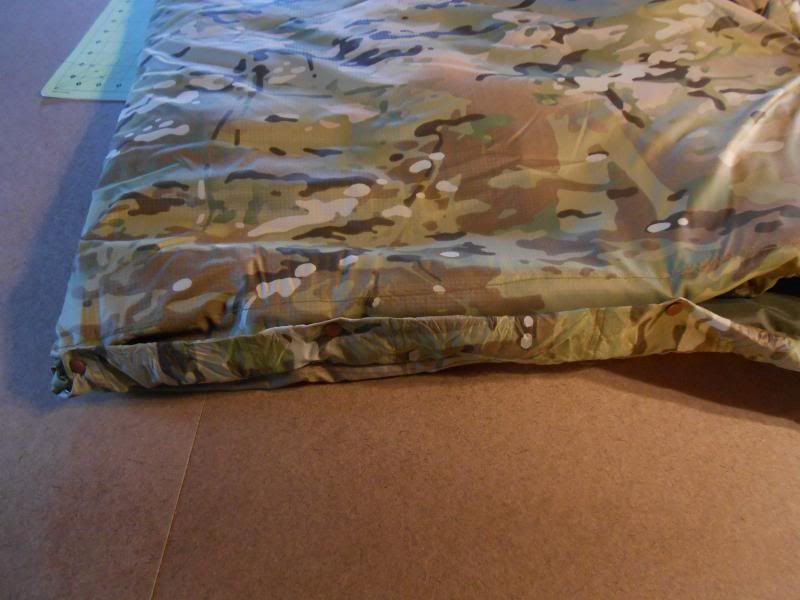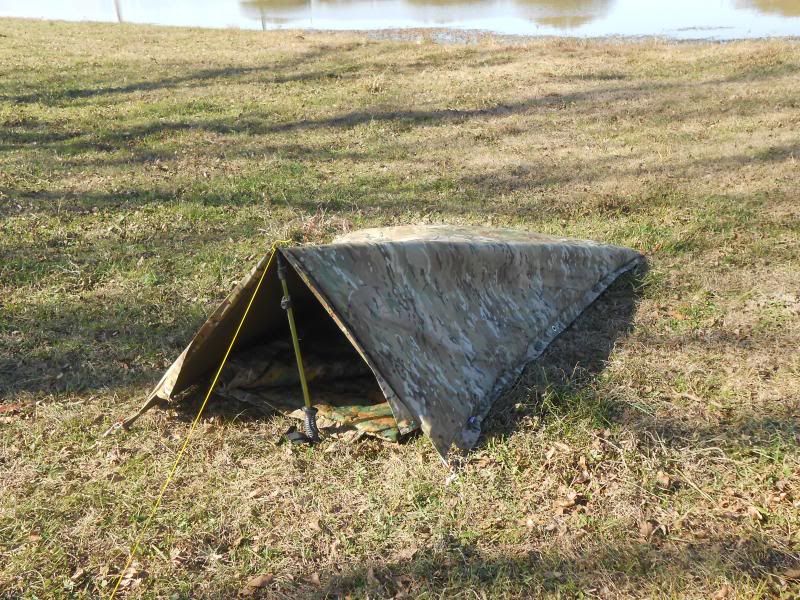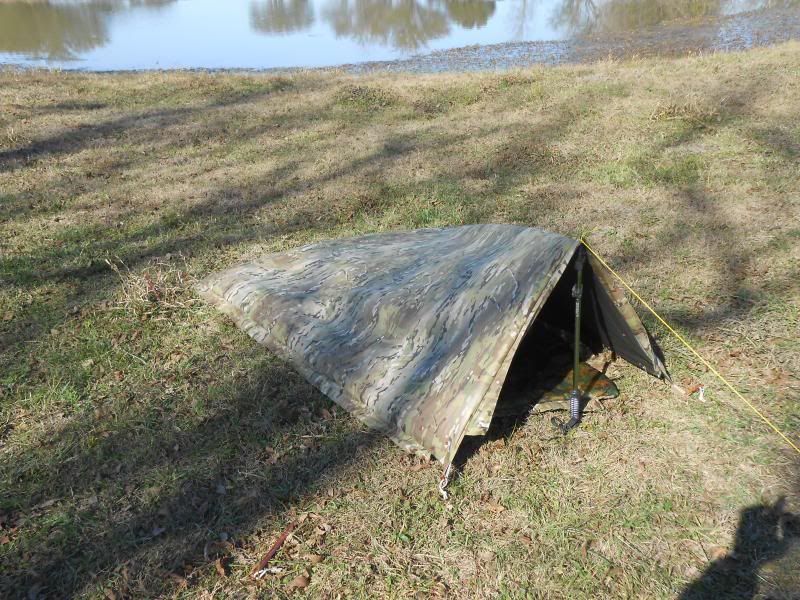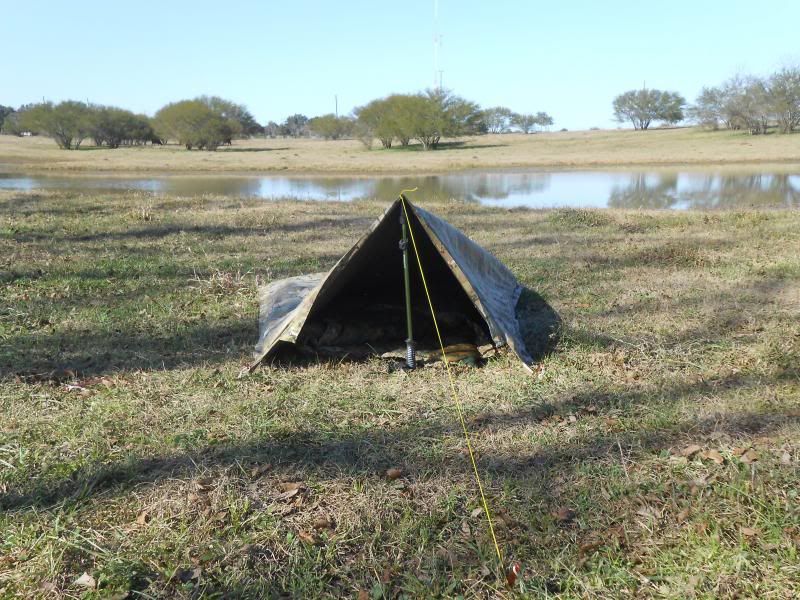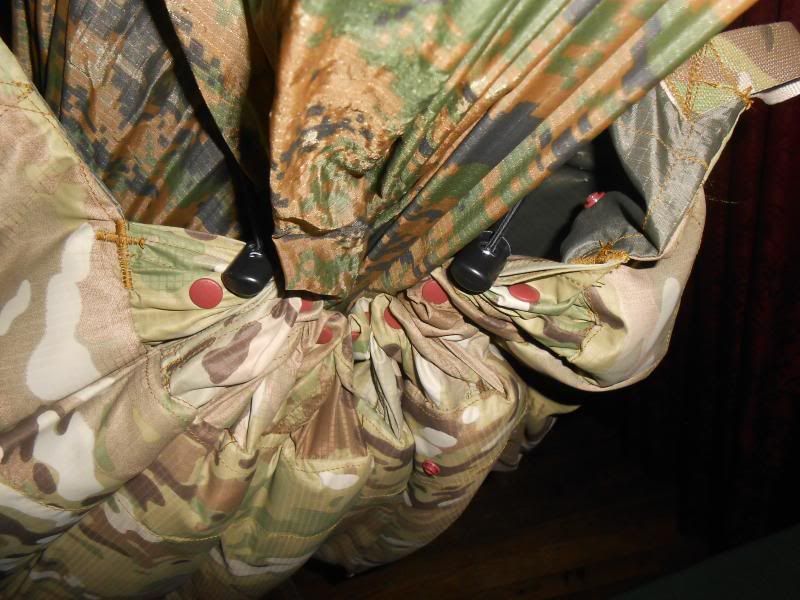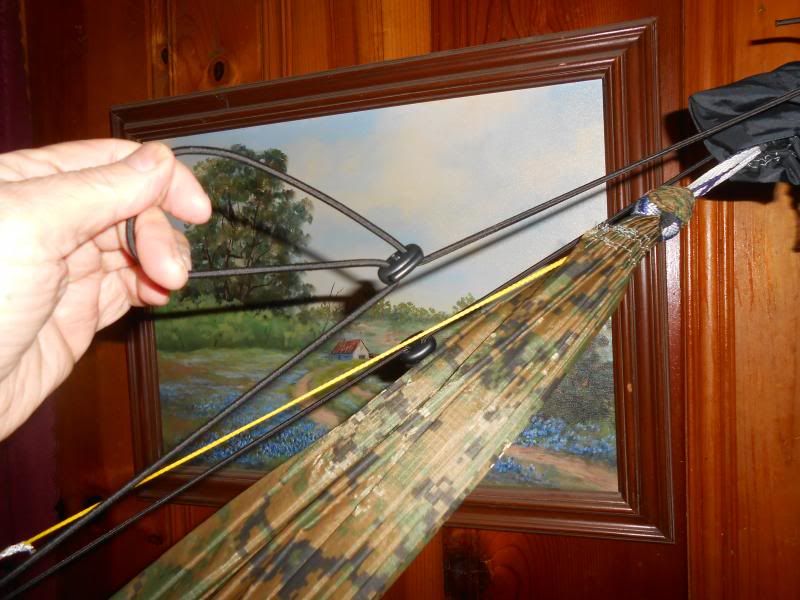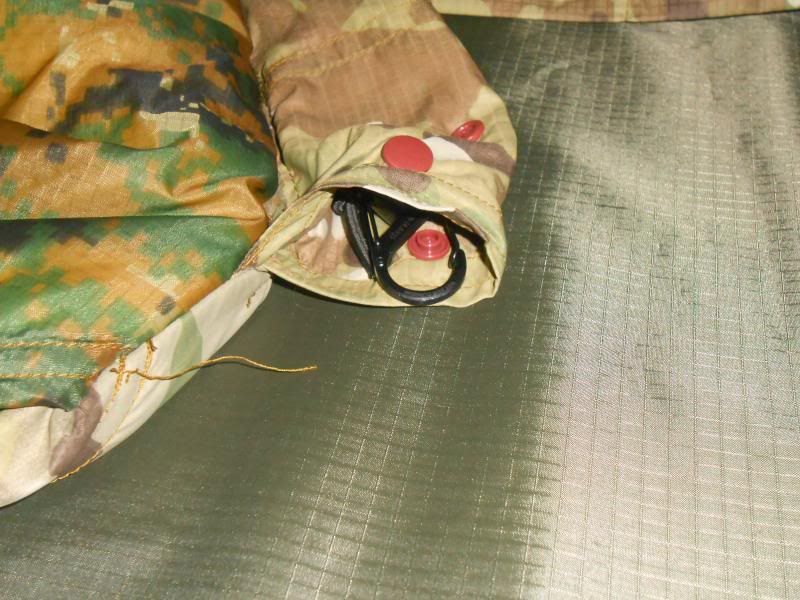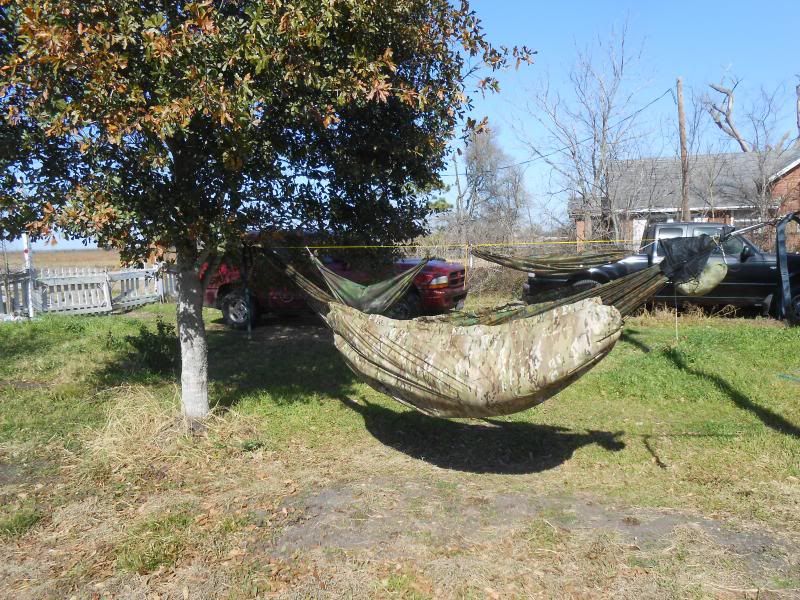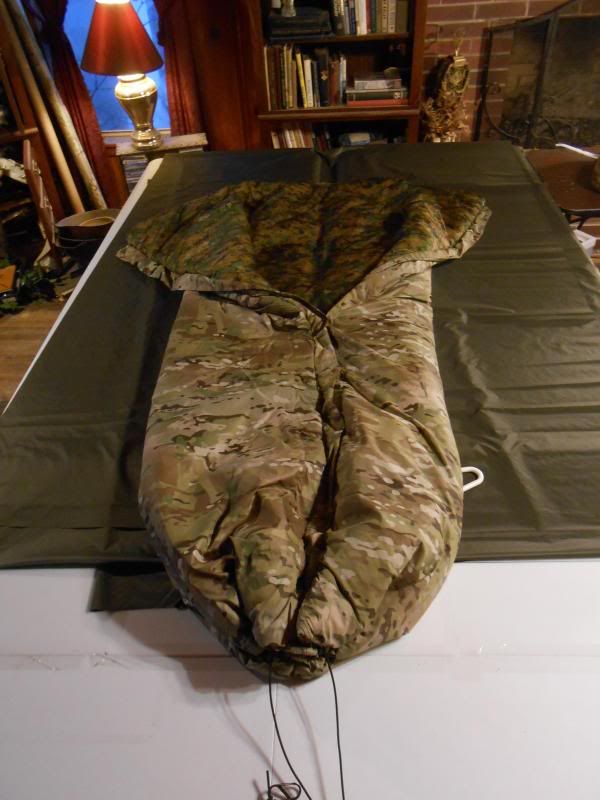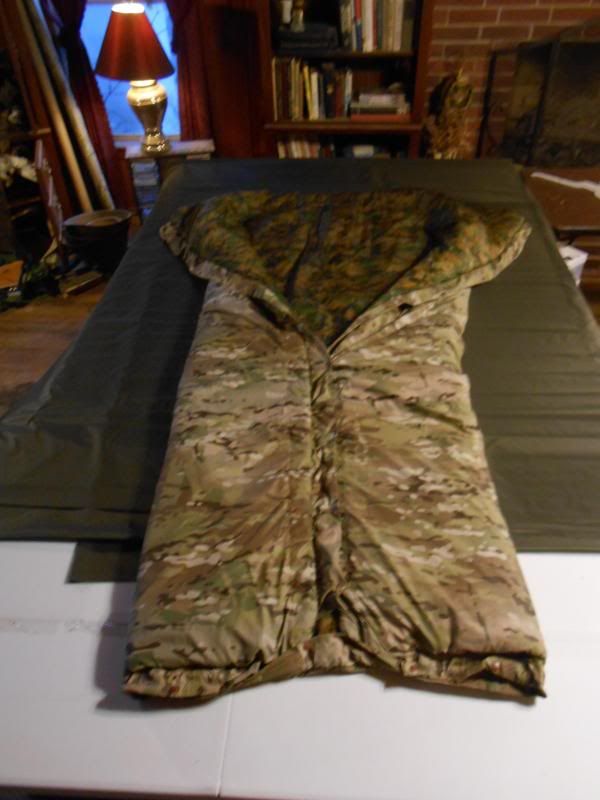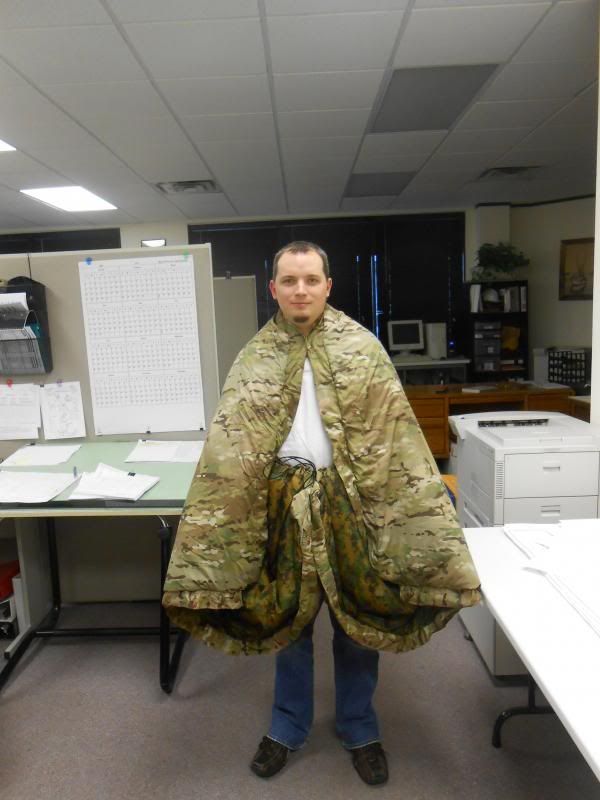Scout was born in October of 2002, one of a litter of seven born to Punkin The Wonder Dog, an Akita mix, his father a Border Collie mix known in the neighborhood as a lady's man. In coloration and hair, he resembled his mother, in size he was like his father, with a few wisps of black hair (that became more prominent with age) being the only contribution made to his appearance. He was raised in the yard of the Prairie Bungalow by his mother and three other female dogs, Annie, Libby and Serenity whom we called his "maiden aunts" even though there was no blood relation. Early in his puppyhood, just after the soft fur phase, my late wife and I were getting to dogs together to get them inside for the night and the puppy was no where to be found. We did a search but to no avail. Round these parts, if a dog is left outside at night, its pretty much a given that he's going to become coyote food and we resigned ourselves to that possibility. By early afternoon of the next day, we regarded that fate as a certainty. But around 3:00 he came running into the yard to be greeted by his mother and maiden aunts. From that moment on, Scout never ventured very far from the homestead.
Scout was never needy or hyper. He didn't bark much unless he thought there was a real danger, and he was never mean to people or other dogs. Scout never started a fight, but I've seen him finish several of them. He was a good friend, a good listener, and as mellow as an Autumn sunset. He was also the best trail dog I've ever had or known.
What makes a good trail dog? He always takes the lead. He sets the pace---he doesn't pull your arm off dragging you down the trail and he's not so slow he gets tangled in your feet. He knows the difference between a trail and a wide spot between trees with no underbrush. He doesn't stop unless its necessary (and you should respect him enough for that to allow for the fact that sometimes sniffing a bush is necessary). He enjoys being on the trail, and being on the trail with you. He carries his own food and water without complaint. In short, a good trail dog has the same qualities as a person you'd want to walk the trail with.
Scout was all this and more. In camp, he didn't crawl under my tarp and hammock so that I could protect him. He stationed himself outside and as far as his tie out would let him so that he could be on guard. He knew what his pack was and knew that when it came out we'd be going camping, so he'd sit by the car until it was time to go. He didn't bark, even at strangers, but his eyes never left them. That picture above was taken by a fellow camper who offered to take some pictures of me and my set up. He took several and in every one of them, Scout is looking directly at the camera---or to be more precise---directly at the man holding the camera. That picture is how I like to remember Scout, standing by me on a misty morning in the woods as I sip my coffee, his only concern being my well being and protection.
More important than being a good trail dog, Scout has helped me understand some things about God.
Grace is a concept that is incompletely understood by many Christians, and by even more non-believers. The shortest definition is "unearned favor", and if you believe, as I do, that God is Creator of the Universe we are covered by so much"unearned favor" that we don't even notice it. Because He created the Universe and all that's in it, this "unearned favor" extends to every living being, human or otherwise, Believer and Non-believers. Matthew 5:45 tells us
44 But I say unto you, love your enemies, bless them that curse you,
do good to them that hate you, and pray for them that despitefully use you and persecute you,45 that ye may be the children of your Father who is in Heaven. For He maketh His sun to rise on the evil and on the good, and sendeth rain on the just and on the unjust.
When I prayed to God last night I thanked Him for sending me a dog I didn't deserve and begged forgiveness from him for any acts of commission or omission I may have made since He sent him to me that may have caused him pain or distress. God's Grace is evident to me just by the fact that Scout the Wonder Dog was in my life, in my life for so long, and truly enjoyed being with me doing the things I enjoy doing the most. Like God, Scout's love was unconditional and constant, and was given to me when I needed it most and deserved it the least. And like God, Scout was protecting me and I didn't even notice it---not until I saw those pictures and realized he never took his eyes off of the stranger taking them.
There's a popular notion in our culture that "all dogs go to heaven." To my knowledge, there's nothing in scripture to support that idea. But I do believe in a Loving and Merciful God and I would like to think that when I take my first steps down the trail that Scout is on now, he'll at least be there at the Trailhead waiting on me to either go the trail with me or to make sure I get on mine properly before taking his own.
If you're not familiar with Scout The Wonder Dog and his Adventures, you can go to HammockFoums.net and search for the stories I wrote about he and I on the trail, I'm not going to clutter this post up with a lot of links. Scout is being cremated and some time in the very near future I will spread his ashes on the Lone Star Trail near the site of the first camping trip Scout made with me a few years ago. Folks who wish can contact me through Facebook or Hammock Forums if you'd like to go along. A portion of his ashes will be spread around the pond at the bottom of the hill here at the Prairie Bungalow where his mother's ashes were spread, and once I find a suitable container, a small portion will be hung from my pack strap so that he can be on the trail with me for whatever days God gives me to walk them. In Backpacking terminology, we call that "good weight."



